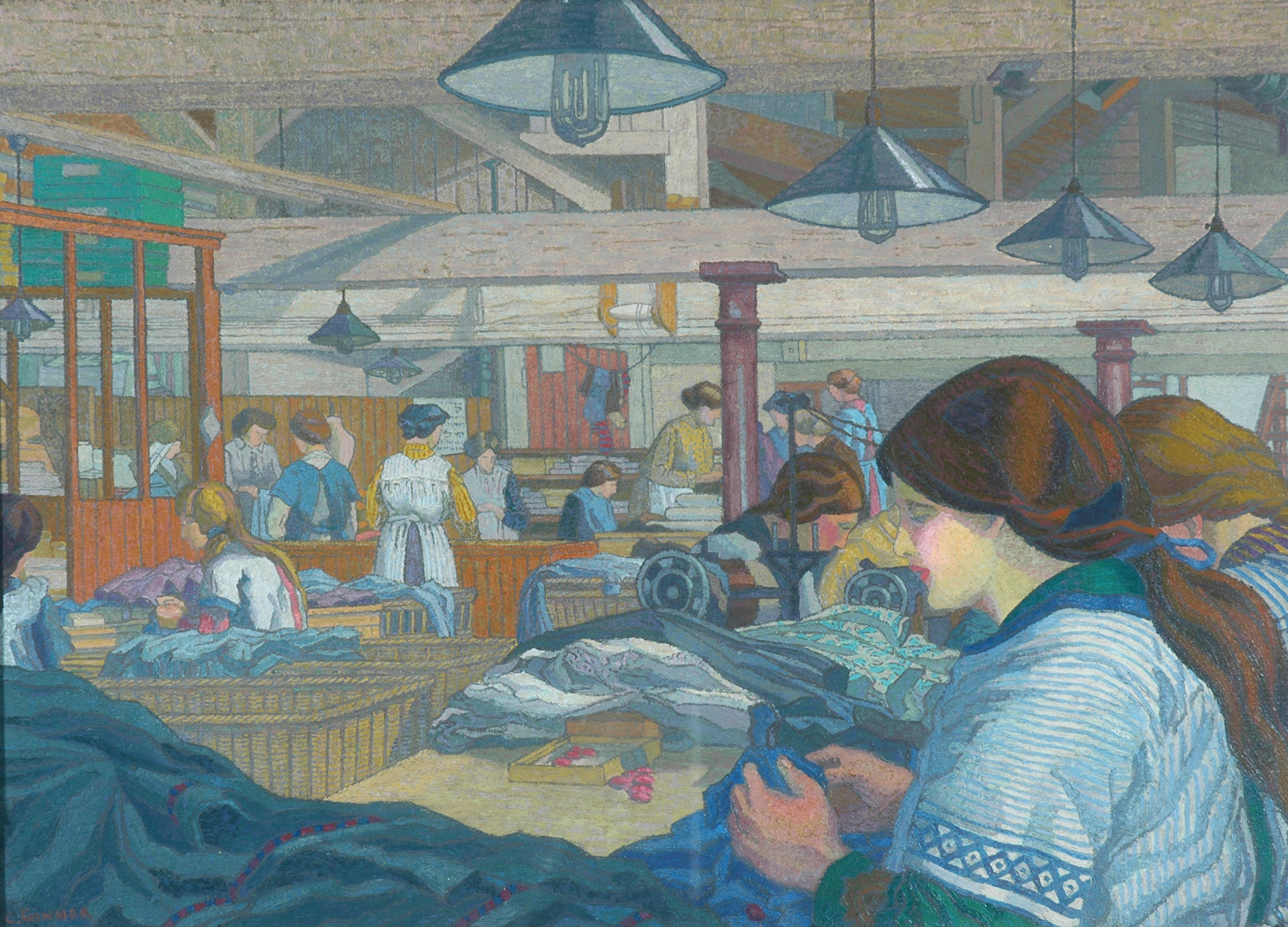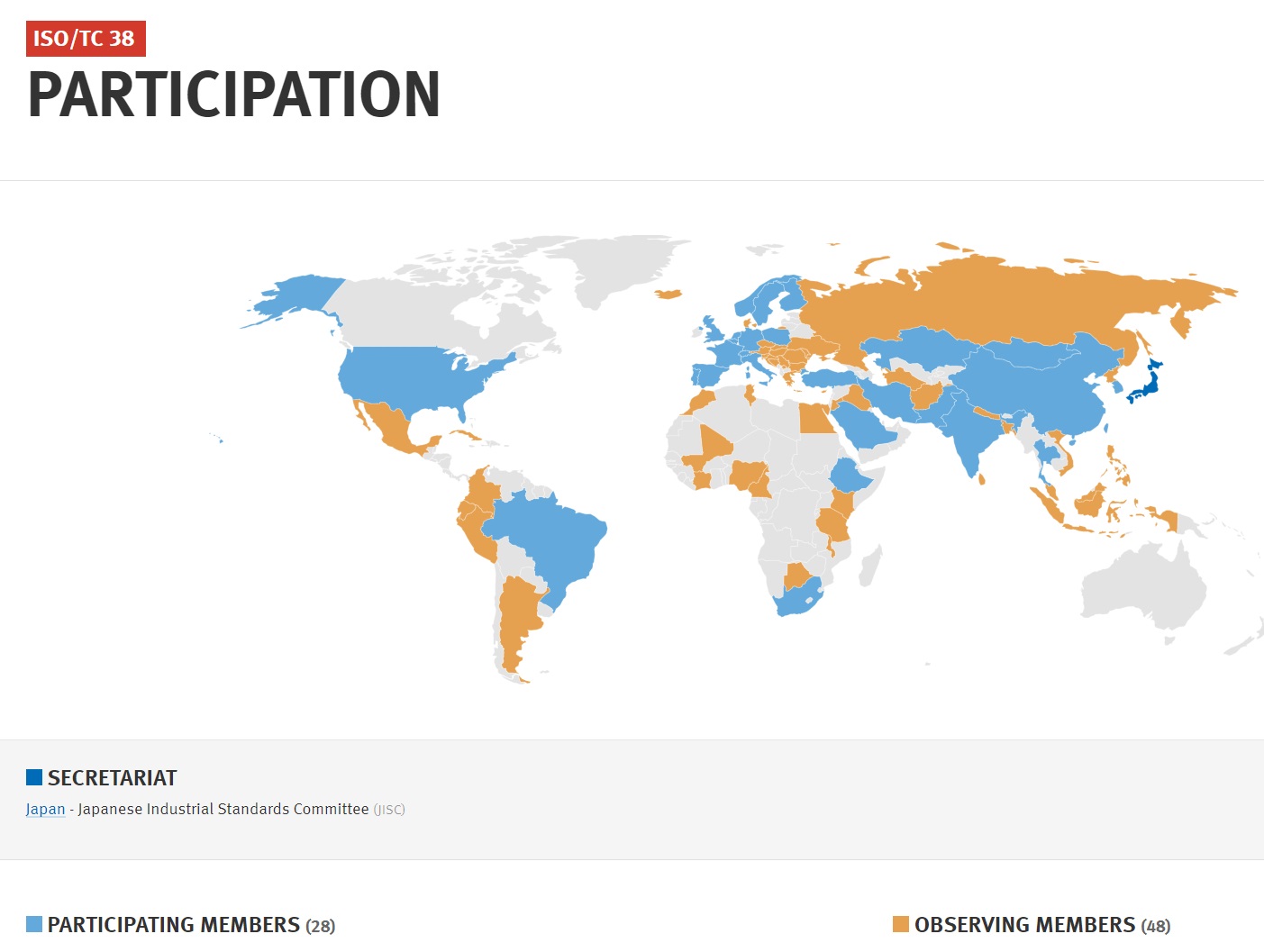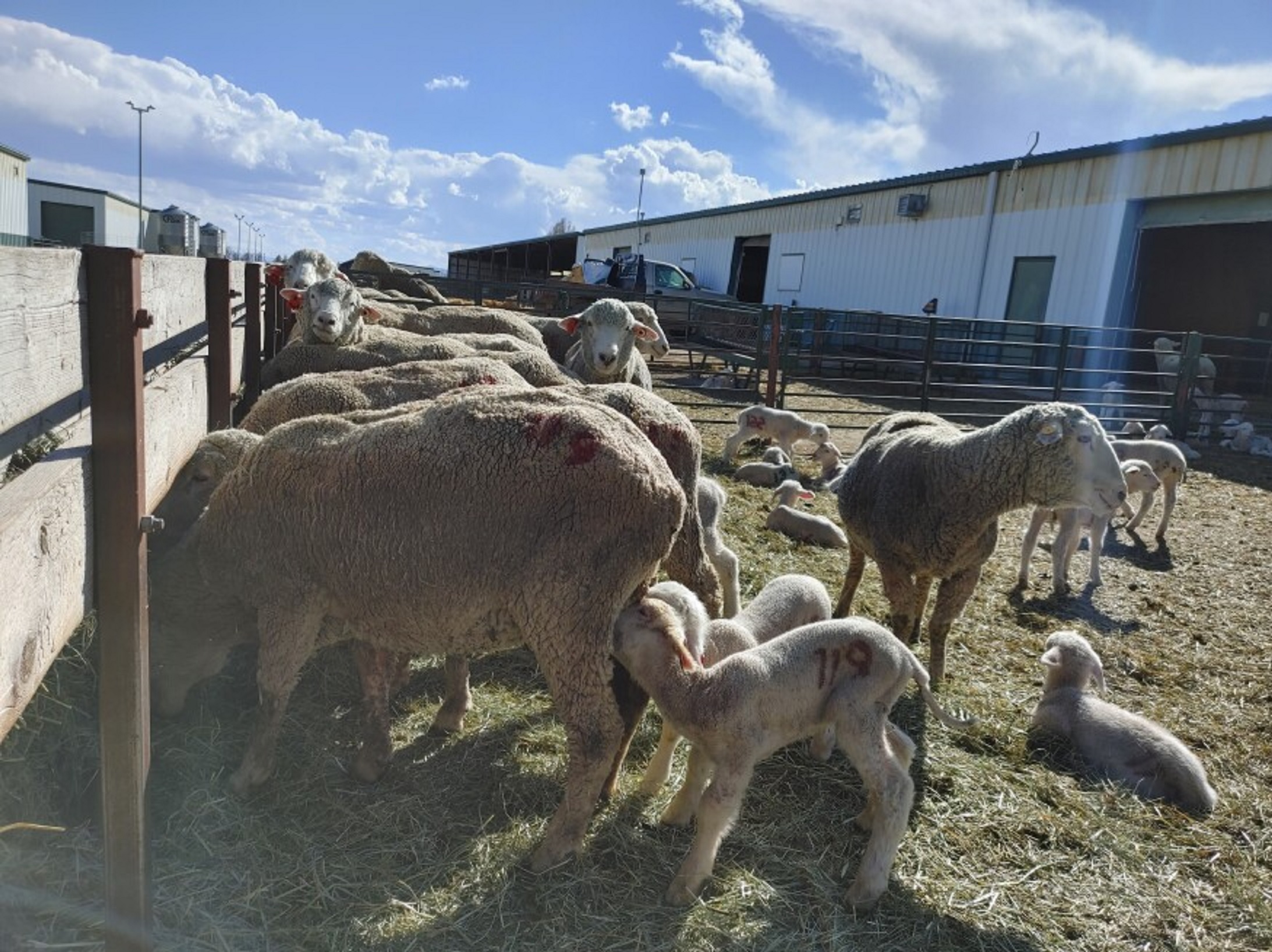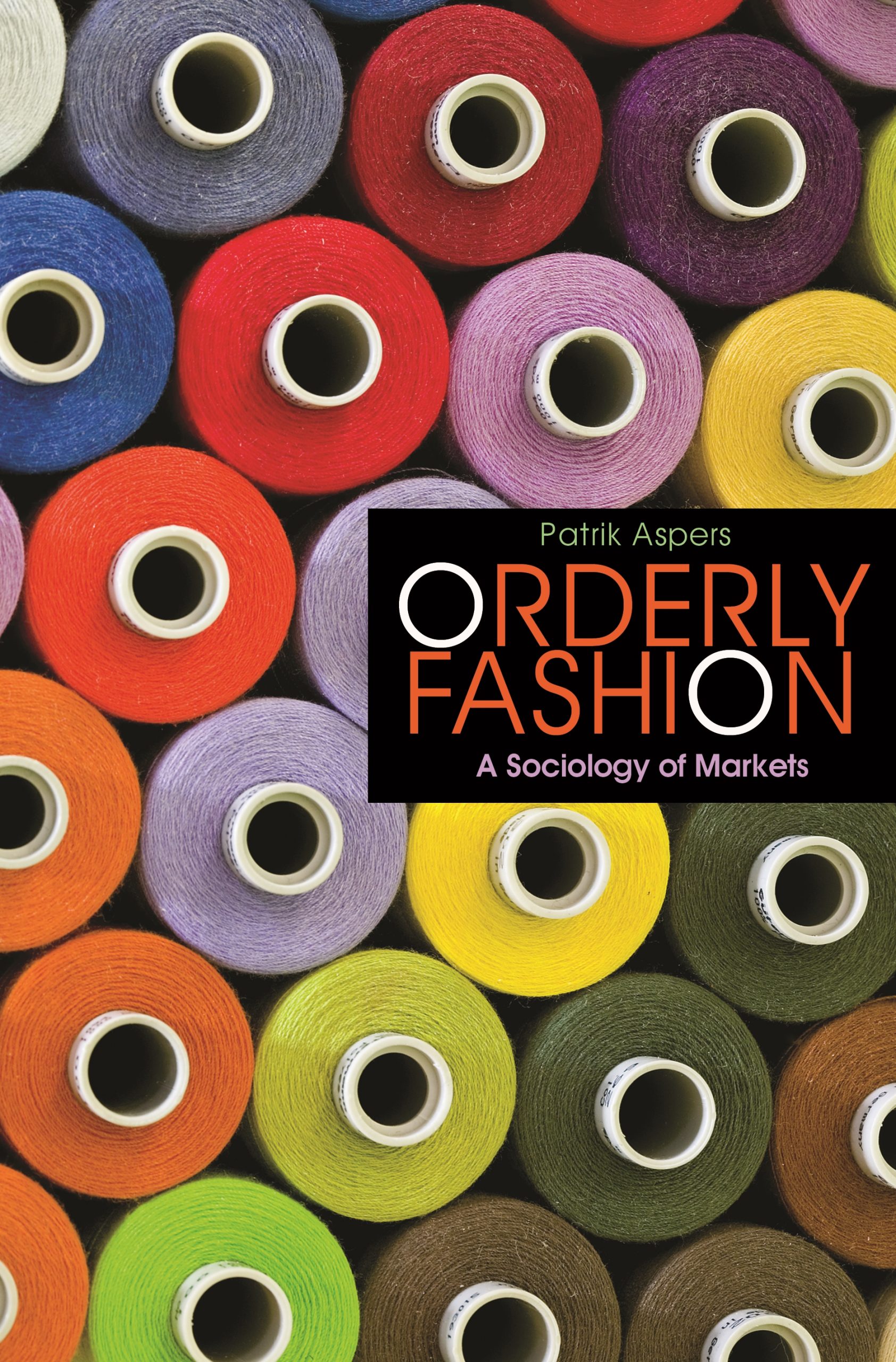Category Archives: Fashion Design
- Home
- Archive by category "Fashion Design" (Page 3)

The Kilt
A few store lambs weighed and drafted off this afternoon, ready to be sold through Farm Stock Scotland @Farm_Stock 🐑🌱#sheepfarming pic.twitter.com/2qSnJvWCie
— Helen Georgina Marsden (@helengeorgina94) August 29, 2023
Textiles
“Dwell on the beauty of life.
Watch the stars, and see yourself running with them.”
― Marcus Aurelius, Meditations
The consumer discretionary sector is among the largest economic sectors in every nation. Consumer Discretionary is the term given to goods and services that are considered non-essential by consumers, but desirable if their available income is sufficient to purchase them. Consumer discretionary goods include durable goods, apparel, entertainment and leisure, and automobiles. The International Organization for Standardization administers leading practice discovery and promulgation of the standards in a core component of durable goods industry — textiles – through its Technical Committee 38.
We find continued student interest in these technologies so attention to the elevated hazards in research, instructional and display spaces require attention. We recognize that not every student is interested in cleaning neural network data sets or learning Tensor Flow but wants to devote their energy to making the world a better place by making the world a more beautiful place.
From the ISO/TC 38 prospectus:
STRATEGIC BUSINESS PLAN ISO/TC 38 Textiles
“…Textiles are one of the most important and versatile commodities in the global economy. The textile industries involve provision of raw materials, preparation of fiber production, manufacture of yarns and fibres, manufacture of fabric formation, finishing processing including bleaching, dyeing, printing, coating, special chemical treatments, transformation of the fabric into clothing, upholstery, or industrial/technical textiles, and rope and netting formation. Therefore, the textile industry concerns a variety of entities such as suppliers of raw materials, processors, manufacturers, traders, distributors, retailers, associated industries such as the laundry industry, government and educational establishments as well as consumers….
…One new field of innovation in the textiles is emerging as the smart textiles which cover either smart textile materials or smart textile systems, including some of them combining technologies with electronic textiles and wearable devices. The uses expected of the smart textiles extend over medical device, general product safety, textile labelling, etc. Our technical committee liaises for cooperation with other technical fields and be responsible for standardization of the textile field of smart textiles….”
Japanese Industrial Standards Committee is the Global Secretariat. ASTM International is ANSI’s US Technical Advisory Group Administrator
Educators and students in the United States interested in participating in the development of this product should communicate directly with Jen Rodgers at ASTM International, Jen Rodgers (jrodgers@astm.org). We maintain all ISO consensus products on the standing agenda of our monthly International Standards teleconference; open to everyone. See our CALENDAR for the next online meeting.
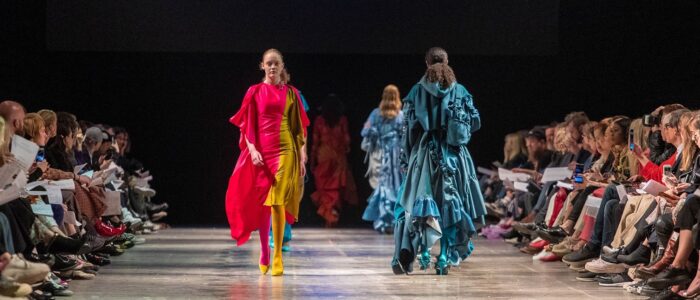
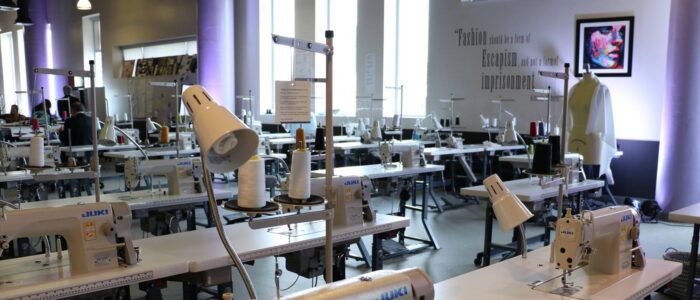

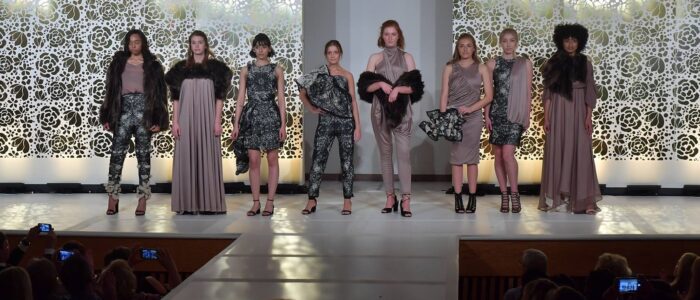



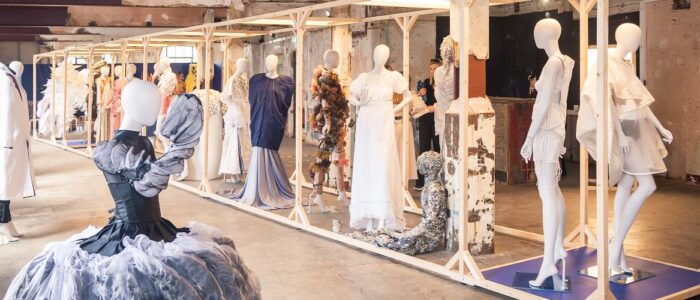
Fashion Fall
How to grab people's attention. pic.twitter.com/uys9KU73es
— The Figen (@TheFigen_) May 17, 2025
Loving Anglo Autumn pic.twitter.com/DTa5TpM9i4
— Will Tanner (@Will_Tanner_1) November 24, 2024
— Prep Propaganda 👔 (@prep_propaganda) December 3, 2024
I feel like I’m in a Norman Rockwell painting pic.twitter.com/BRjnSDAkPD
— Christiana (@WomnOfValor) December 11, 2024
Wool Throw Project
Wyoming’s climate and geography are well-suited for sheep farming and wool production. The state has vast expanses of grasslands and mountain ranges, providing ample grazing land for sheep. Additionally, Wyoming experiences cold winters and relatively dry conditions, which are favorable for sheep and help produce high-quality wool.
Collegiate Prepster Dressing
This content is accessible to paid subscribers. To view it please enter your password below or send mike@standardsmichigan.com a request for subscription details.
The Intersection of Design and Engineering
Fashion of the future: the Intersection of Design and Engineering
An abbreviated list of fashion and textile design schools and colleges in the United States:
Parsons School of Design, New York
Fashion Institute of Technology (FIT), New York
Pratt Institute, New York
Rhode Island School of Design, Providence
Savannah College of Art and Design (SCAD), Savannah, Atlanta, Hong Kong
California College of the Arts, San Francisco
Otis College of Art and Design, Los Angeles
Academy of Art University, San Francisco
Kent State University, Kent, Ohio
Drexel University, Philadelphia
University of Cincinnati, Cincinnati
Virginia Commonwealth University, Richmond
Massachusetts College of Art and Design, Boston
Columbia College Chicago, Chicago
School of the Art Institute of Chicago, Chicago
University of Minnesota-Twin Cities, Minneapolis
Iowa State University, Ames
University of Georgia, Athens
University of North Texas, Denton
Keep in mind that academies, schools, colleges, universities and institutes serve different purposes within the structure of college or university, with schools being larger and more general in focus, while departments are smaller and more specialized in their areas of study.
In all cases, textiles present elevated chemical, fire, noise and physical hazard associated with textile-related machinery.
Orderly Fashion: A Sociology of Markets
We can’t wait to join our girls tomorrow night as they celebrate a year of incredible textile design. Our U5, L6, and U6 pupils have dedicated themselves to crafting an unforgettable evening.
Join us tomorrow night at 7.30pm in The Gransden Hall! https://t.co/64ivlQNcfj pic.twitter.com/u8B65MQVC7
— Sherborne Girls (@SherborneGirls) May 2, 2024
And that's a wrap on the 2024 Annual Fashion Show! ✨
This year's show featured 171 looks from 42 designers, and with 24 students on the production team, a total of 215 students were involved in the show.
Watch the recording of the Saturday Show: https://t.co/HZdDwKzBHh
— Kent State Fashion (@KSUFashion) May 3, 2024
“Patrik Aspers shines a bright light on how markets come to seem orderly to producers and consumers, so they can strive to enact the script of rational actors. His astute and subtle account of all aspects of branded garment retailing sets a high bar for future studies of industry.”―Mark Granovetter, Stanford University
“This fine book makes an original contribution to our understanding of fashion, markets, and social theory. While there do exist books on each of these topics, none of them tie everything together in such a convincing manner. Orderly Fashion is a fine merger of Aspers’ substantive theoretical research interests, and is his best work so far.”―Richard Swedberg, author of Principles of Economic Sociology
“This book delivers on a huge promise to advance our knowledge of both order and markets through sociological concepts and insights. The book demonstrates with lucid reasoning why order in markets is best understood through the social construction of meaning. An impressive accomplishment.”―Shyon Baumann, University of Toronto
At the barbershop, it’s OK not to be OK
This content is accessible to paid subscribers. To view it please enter your password below or send mike@standardsmichigan.com a request for subscription details.
New update alert! The 2022 update to the Trademark Assignment Dataset is now available online. Find 1.29 million trademark assignments, involving 2.28 million unique trademark properties issued by the USPTO between March 1952 and January 2023: https://t.co/njrDAbSpwB pic.twitter.com/GkAXrHoQ9T
— USPTO (@uspto) July 13, 2023
Standards Michigan Group, LLC
2723 South State Street | Suite 150
Ann Arbor, MI 48104 USA
888-746-3670




